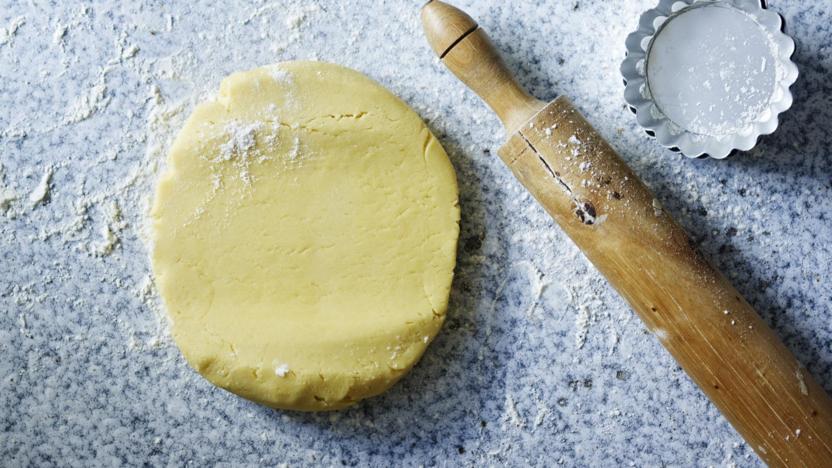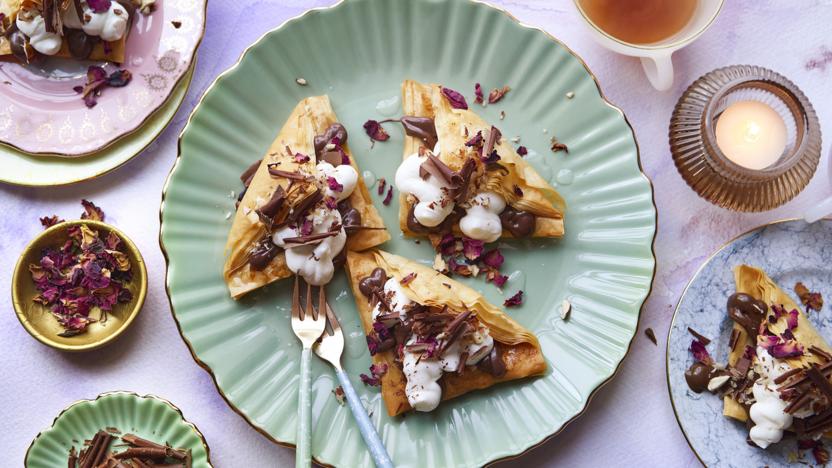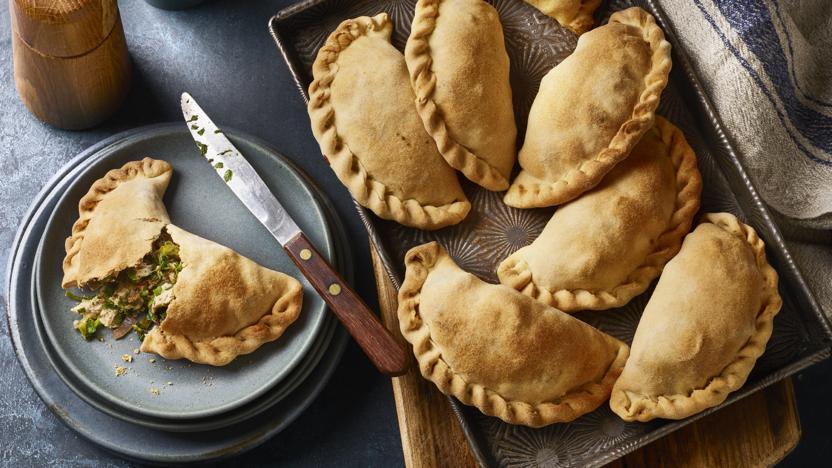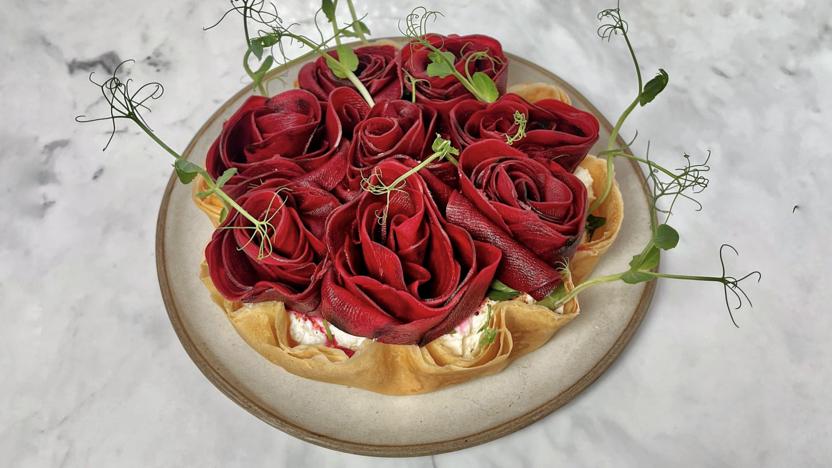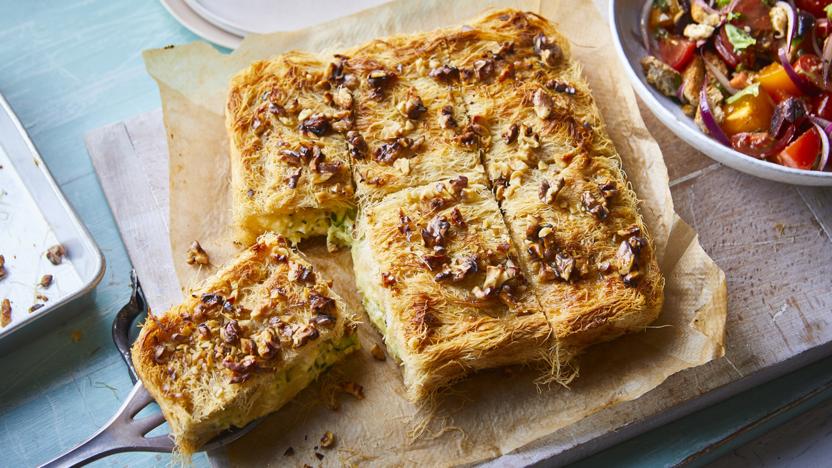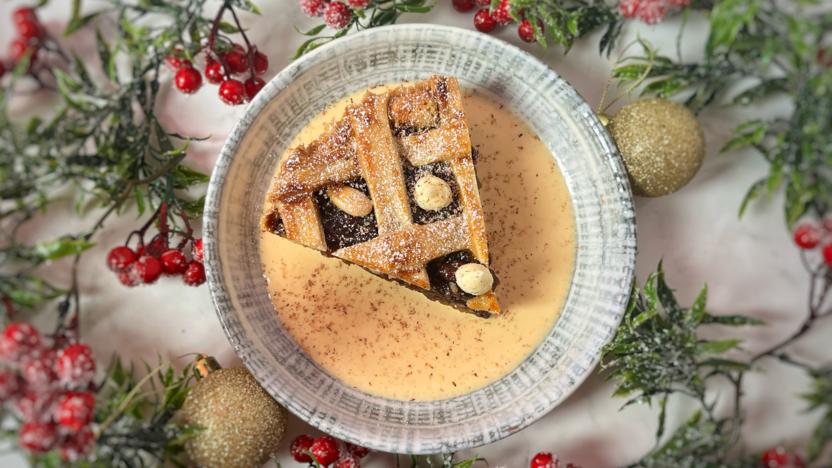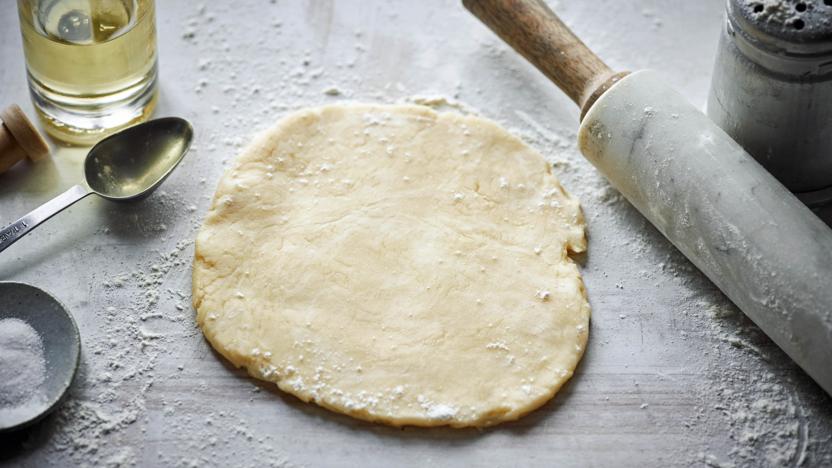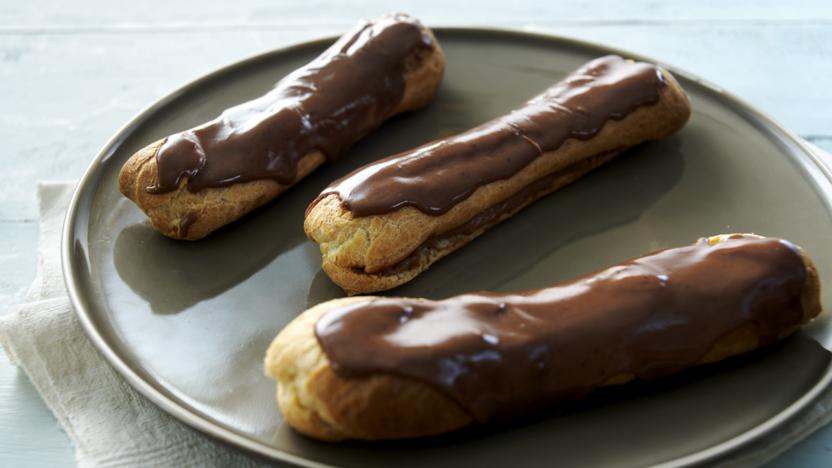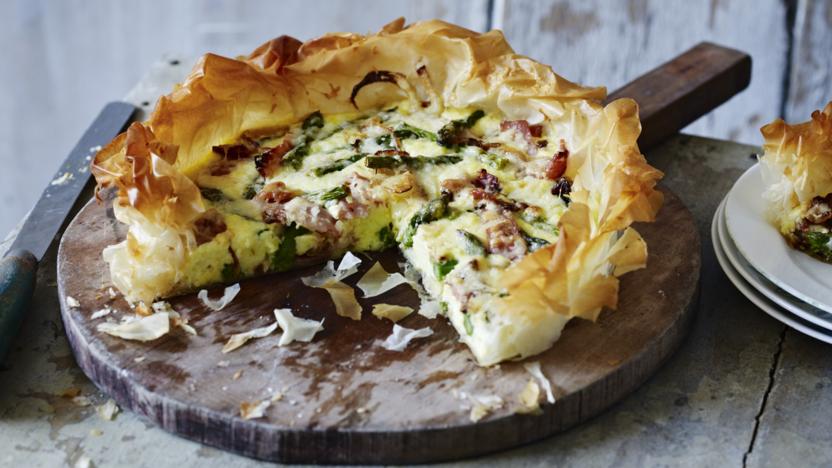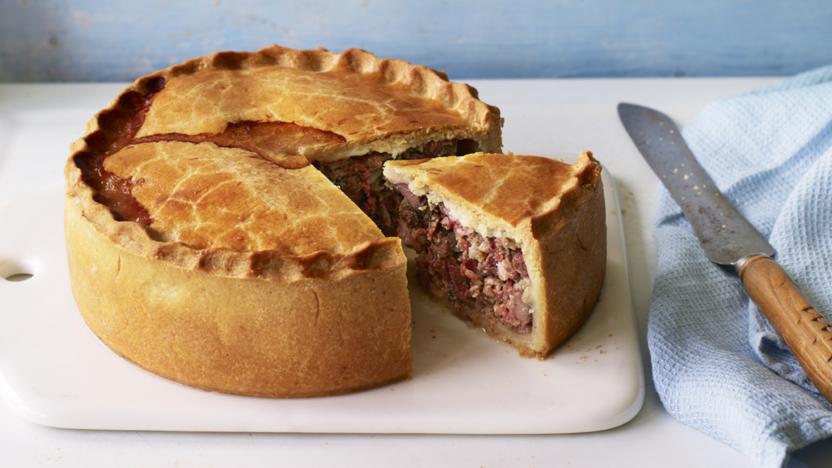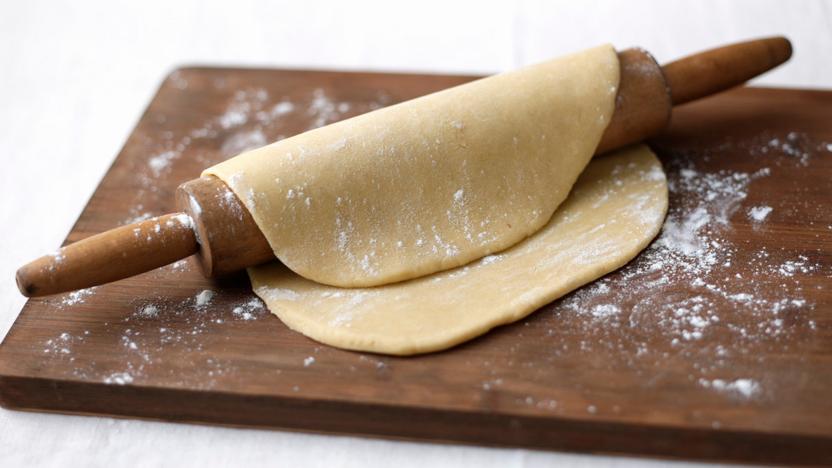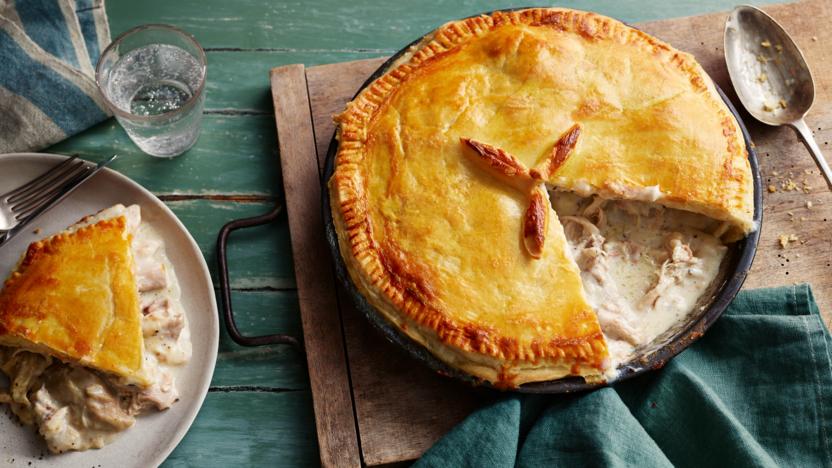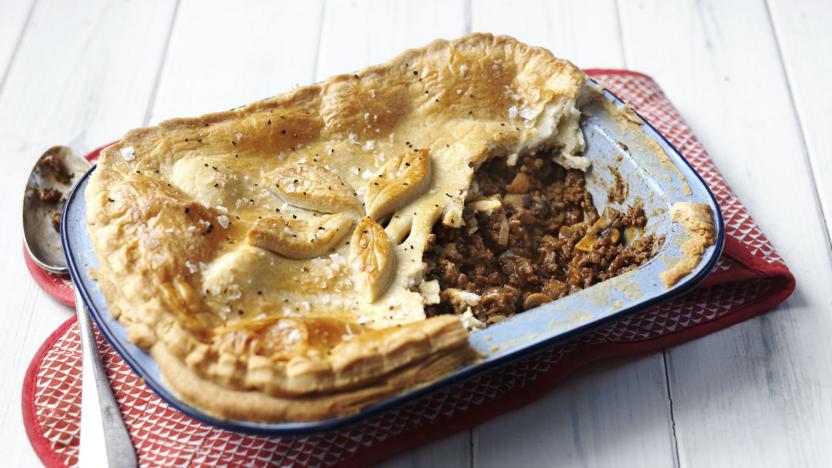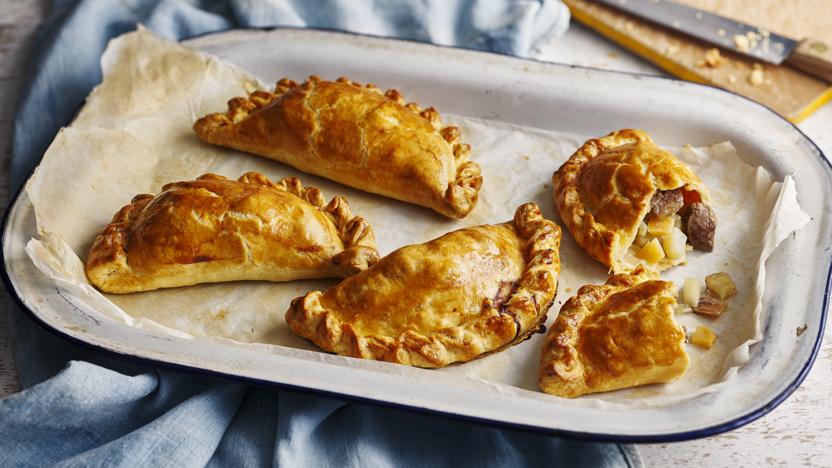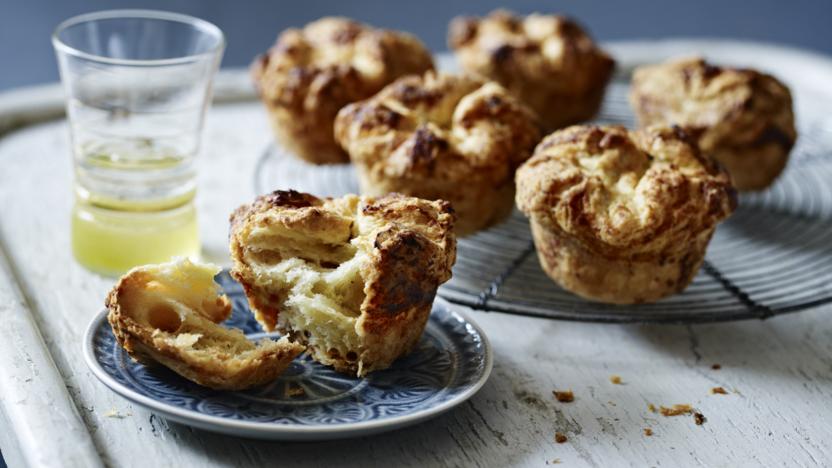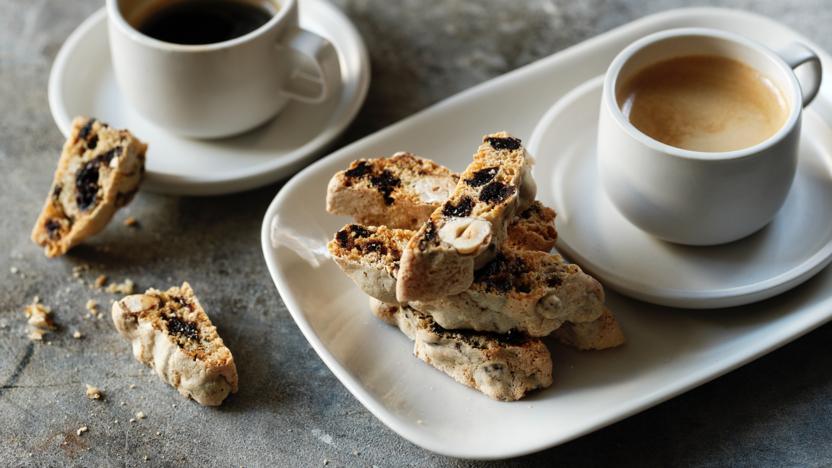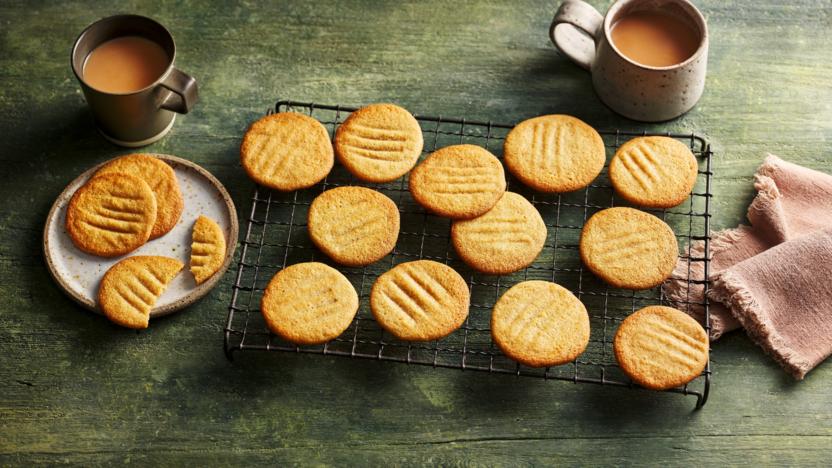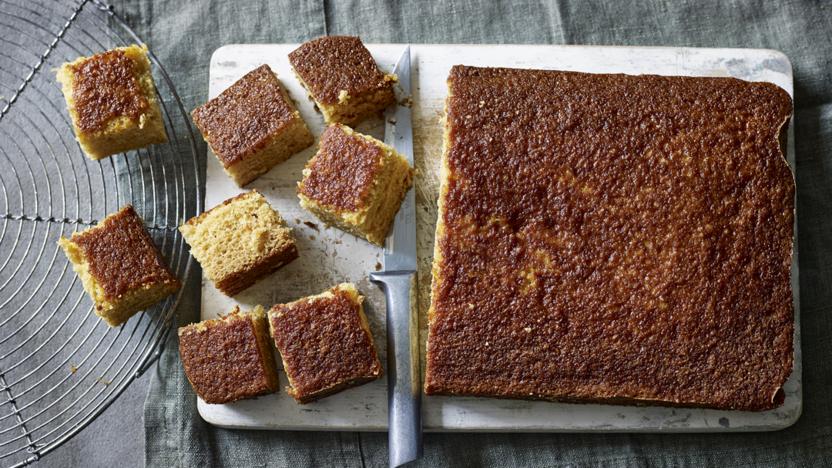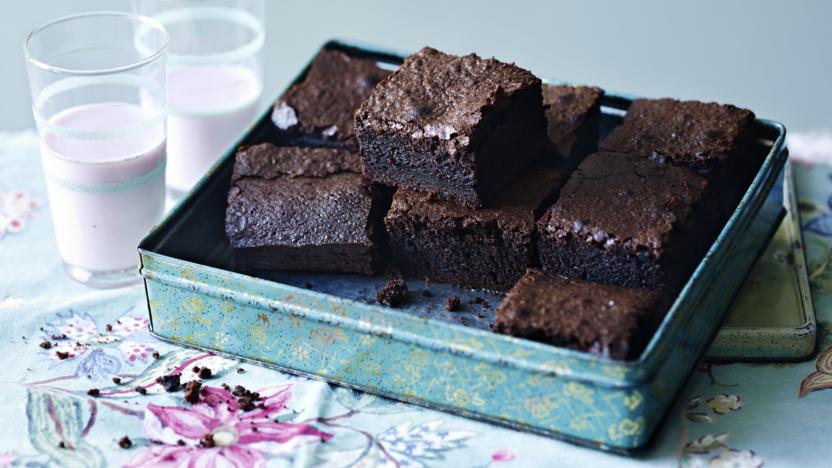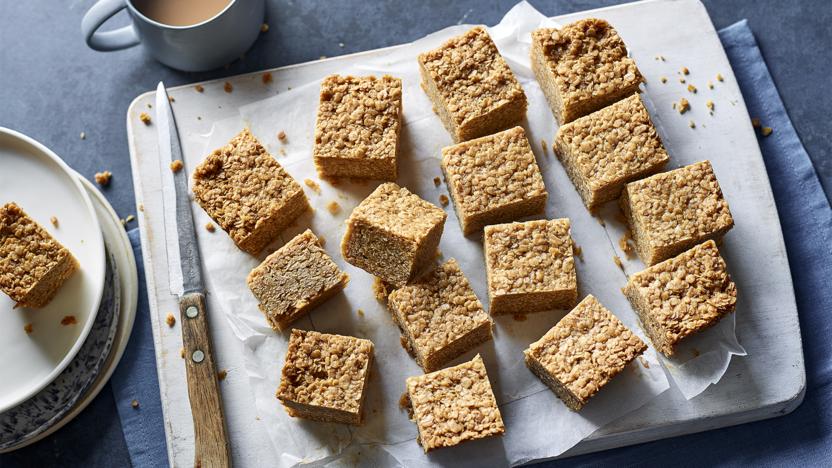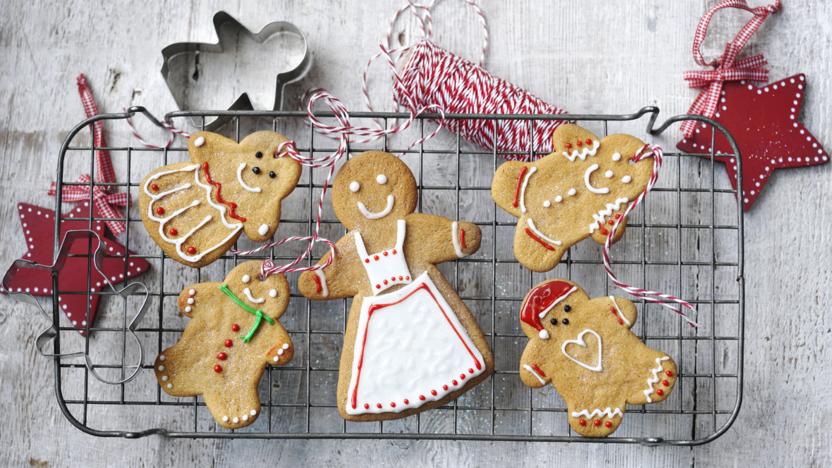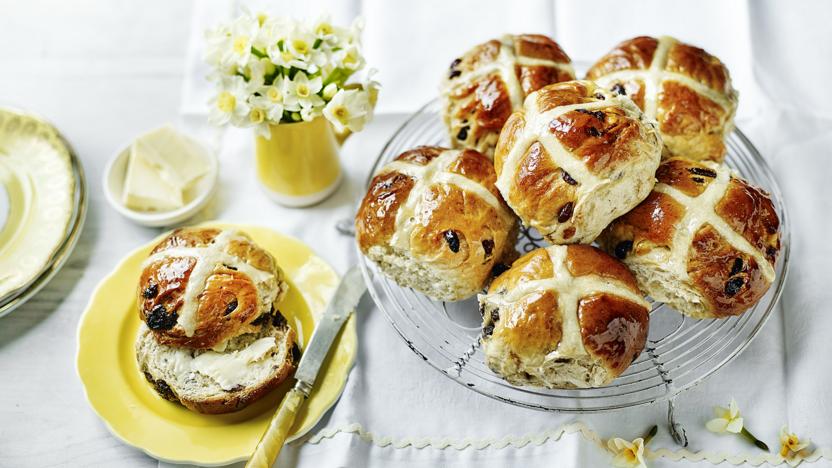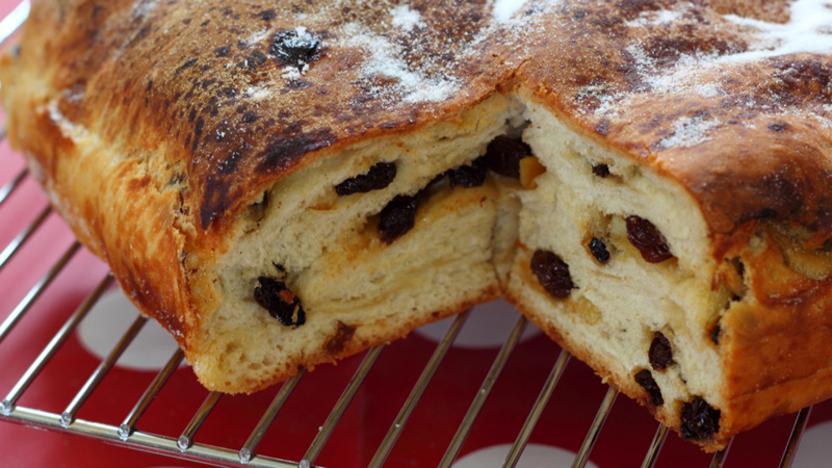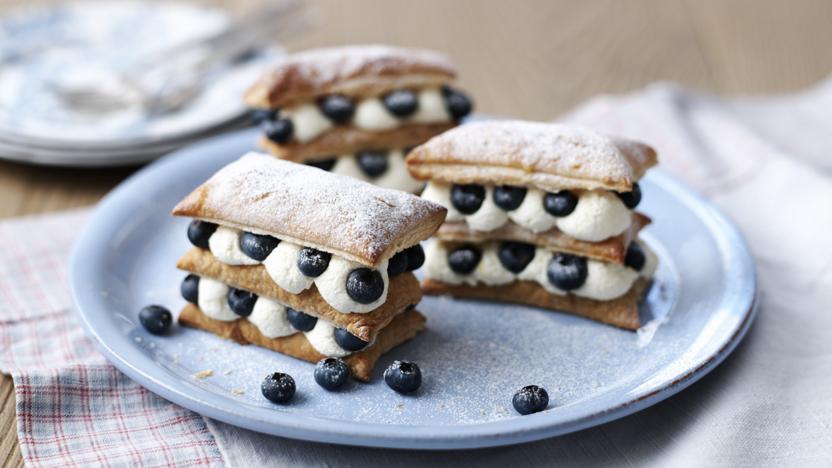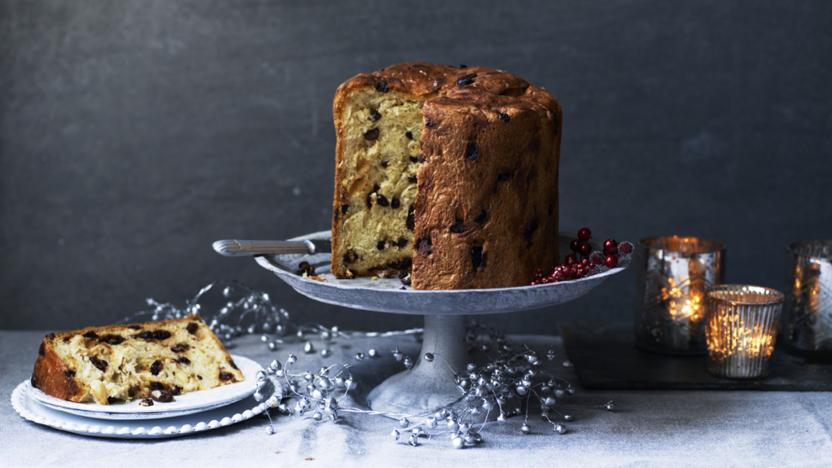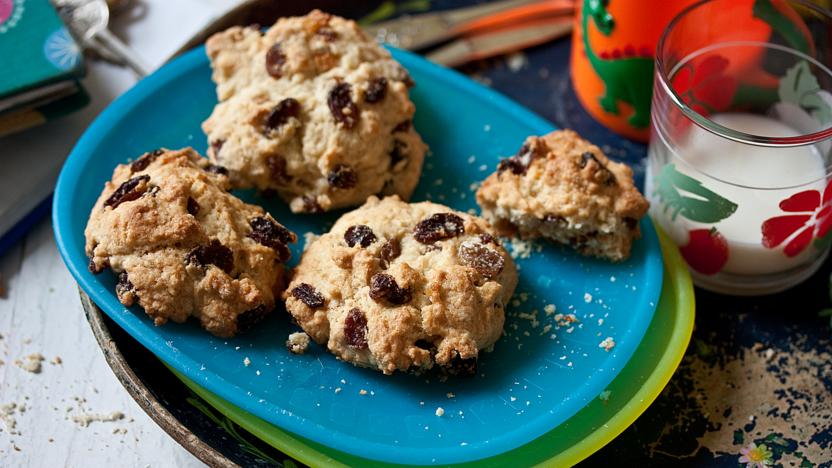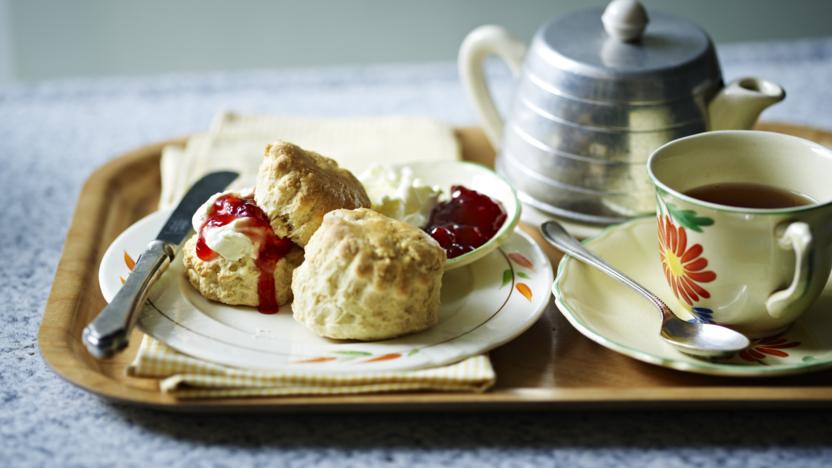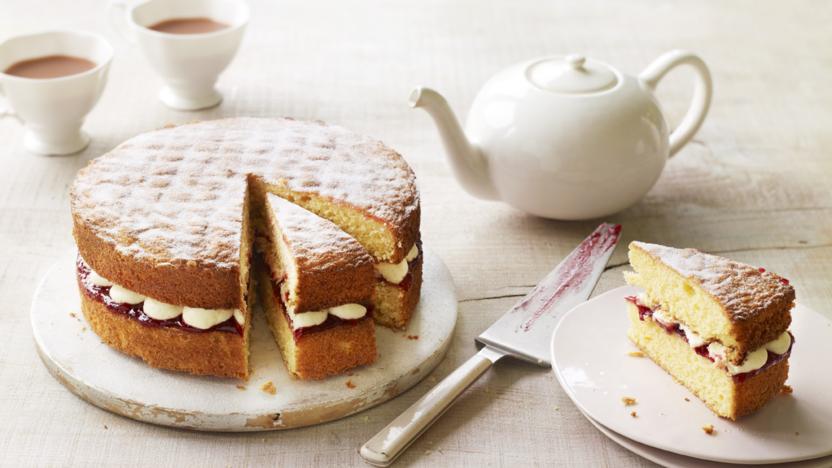Pastry recipes
At its most basic, pastry is a mixture of flour and fat bound with water to form a paste. Historically it was used as a case for baking other items, but people eventually realised the pastry was worth eating too. The wide range of pastries made today vary in texture and taste according to the proportion of fats used, the way in which it is incorporated with the flour, and the method used to shape the dough.
Shortcrust pastry is the easiest type of pastry to make. It's also very versatile as it readily incorporates other flavourings. It can be used for sweet or savoury pies and tarts, pasties and other pastry parcels. Regular shortcrust pastry is bound with water but for a richer version the water is replaced with egg.
Pate sucr茅e is a French sweet pastry similar to shortcrust pastry but with high sugar content and egg yolks for richness.
Puff pastry has a much higher fat content than short pastries and uses a special rolling and folding technique to create fine layers of dough that trap air between them. The pastry then puffs up on baking, creating scrumptious leaves with a light texture and rich flavour. This is one pastry that really impresses.
Flaky pastry and 'rough puff' are both similar to puff pastry but easier and quicker to make. They are ideal for recipes where you want a flaky texture but do not need the pastry to rise impressively.
Preparation
There is an old cooks' saying that people with cold hands are good at making pastry. Shortcrust, puff pastry and their relatives need to be kept cool for best results. This means chilling the ingredients and the utensils before making the pastry, and working on a cool surface - marble is ideal. Traditionally, pastry was made first thing in the morning, before the kitchen had a chance to get hot in the heat of the sun or the ovens.
Similarly, pastry needs to be mixed quickly. This helps keep it cool but also minimises development of the flour's gluten content, otherwise the pastry may become too elastic, difficult to roll, inclined to shrink, and tough in texture. Too much handling can also make the fat soft and the finished pastry greasy.
When making shortcrust, a food processor can be an advantage in that it can help minimise handling. However it is important not to let the machine overwork the pastry - take it out as soon as it forms a lump.
Once the dough is formed, chilling it for 30 minutes or so helps relax the gluten and set the fat, making the dough manageable and less likely to shrink. Chilling the dough between each stage of making puff pastry is vital. Raw shortcrust, puff and flaky pastries can be kept wrapped in cling film in the fridge for two or three days before rolling and baking. They can also be frozen for up to three months.
It's very easy to make simple vegan sweet shortcrust pastry by substituting the butter with soya margarine.
